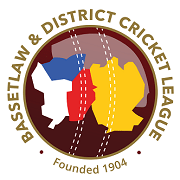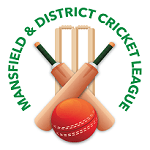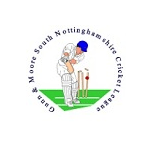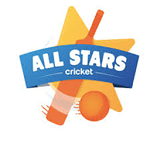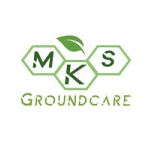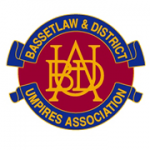This week, the UK Government announced that social gatherings in England would return to being limited to 6 people whether inside or outside. Recreational team sport activity, that has measures in place to minimise transmission risk, was listed as an exception to this new guidance, which comes into legal effect from Monday 14 September. This means that organised cricket activity including club training, matches (league and friendly) and training courses (e.g. coaching and officiating) can continue with the current transmission prevention measures in place, however we’d like to remind you that social and informal cricket activity for groups of more than 6 is not permitted.
To ensure that the BDCL can continue safely to fulfill this challenging season, please continue to ensure that the following government guidelines are followed:
Key principles - prior to activity
Pre-attendance official symptom check
All players, officials, volunteers and spectators must undergo a self-assessment for any COVID-19 symptoms. No-one should leave home to participate in sport if they, or someone they live with, has symptoms of COVID -19 currently recognised as any of the following:
A high temperature
A new, continuous cough
A loss of, or change to, their sense of smell or taste
Should an individual have demonstrated any such symptoms, they must follow NHS and PHE guidance on self-isolation
Travel to training and matches
Participants are encouraged to follow best practice for travel including minimising use of public transport and limiting car sharing. Walk or cycle if you can. People from a household or support bubble can travel together in a vehicle.
See the government’s safer travel guidance for passengers for further information.
Arrival at venues
Clubs should strictly limit the time spent congregating at a venue before activity begins. Meet-up times should reflect this. This includes arriving changed and ready to begin the warm up., Exceptions may be made where safety and safeguarding measures require this, for example supporting disability athletes with minimum time spent waiting or in changing rooms.
Key principles - during activity
Social distancing in play
All sports must adhere to social distancing throughout warm-ups and avoid equipment sharing. The sport specific action plan must address the issue of how the sport can best mitigate the risk of social distancing in competitive matches and training.
Having completed the droplet transmission risk assessment each sport may introduce ‘COVID-19 adaptations’ to lower the frequency of activities that cannot be done whilst socially distanced. Avoid unnecessary breaking of social distancing such as pre-game handshakes, huddles, face-to-face confrontation with opponents and officials, and scoring celebrations.
Social distancing during breaks and post-game
All participants must remain socially distanced during breaks in play with spaced areas for equipment and refreshment storage for each individual including officials and substitutes. Coaching staff and substitutes, should, for example, spread out and avoid sharing a dug out or bench if social distancing cannot be observed.
Water bottles or other refreshment containers, should in no circumstances be shared. Participants are advised to bring their own, in a labelled or highly distinguishable container.
After activity participants must maintain government mandated social distancing for social interaction. This includes in any available clubhouse facilities or other venue participants congregate in afterwards.
Spectators
Supporters, parents, and other spectators to remain socially distanced whilst attending events. Spectator groups must be restricted to discrete 6 person gathering limits and spread out, in line with wider government guidance.
Where it is anticipated that an activity will attract spectators, there should be a named person or persons with responsibility for ensuring adherence with these guidelines and ensuring the facility is COVID-19 Secure. The person should carry out and publish a risk assessment for the activity which limits the number of spectators and focuses on the need to maintain social distancing on arrival, for the duration of the activity, and on departure.
Arrangements should also be put in place to support test and trace efforts by collecting information from spectators which is detailed enough to allow NHS Test and Trace to contact them if necessary. See the maintaining records guidance for further information.
The full updated guidance can be found at:
